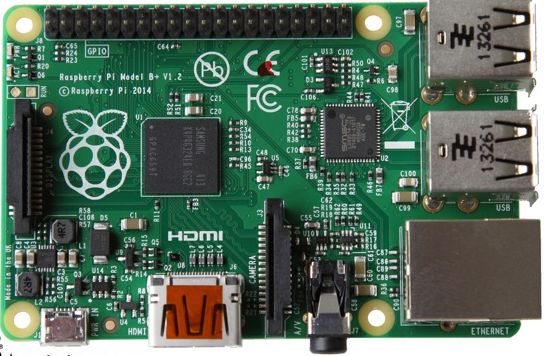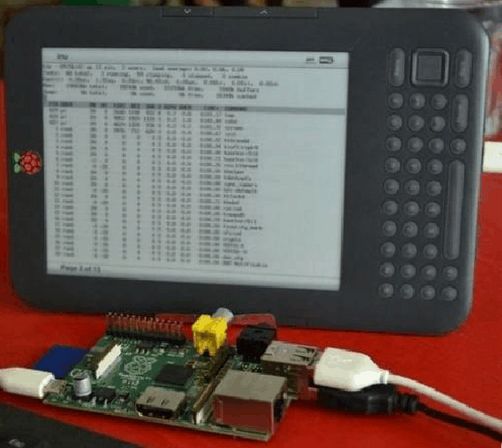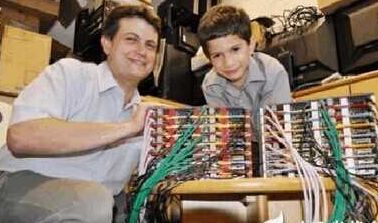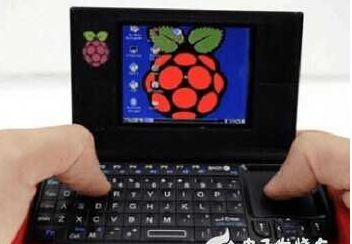
The Raspberry Pi is a small computer the size of a credit card that you can connect to a TV, monitor, keyboard, mouse, and other devices.
The Raspberry Pi can serve multiple purposes as a desktop computer, including word processing, spreadsheets, media center, and even gaming, and it can play high-definition videos up to 1080p.
Here are some fun creative ideas from enthusiasts!


Five Great Uses for Raspberry Pi
With the Raspberry Pi, you can turn an old Kindle e-reader into a low-end black-and-white computer. It’s still possible to handle some text documents because you can connect a keyboard to the Raspberry Pi’s USB port. Just imagine how funny that is.

The Raspberry Pi can run various game emulators. If you are willing to spend time building a retro gaming console, you can embed the Raspberry Pi, connect it to a monitor, and use joystick controllers to play classic arcade games like “Street Fighter” and “The King of Fighters”!

As we all know, supercomputers like those in the Galaxy are simply many computers working together. A computer enthusiast linked 64 Raspberry Pi computers to create a supercomputer with powerful processing capabilities. Interestingly, he used his son’s LEGO toys to build it, making it both beautiful and practical. However, the price of LEGO toys is much higher than that of the Raspberry Pi computers.

Using an external solar power panel, you can actually create an eco-friendly small Raspberry Pi computer.

If you are very skilled at DIY, you can completely transform a Nintendo GBASP handheld game console or an old PDA into a Raspberry Pi handheld computer, running Linux, featuring a QWERTY keyboard and a touchpad, and even a color screen!

Clearly, this is not a real “time machine.” It is actually a fun product that connects a Raspberry Pi computer to an LED display, making it a must-have for fans of “Back to the Future”.


1.This embedded engineer’s comment is enlightening…
2. After a few months of being promoted to engineering manager, I chose to return to the programming position.
3. Project insights: This is how you can handle function design in embedded systems!
4.Some say 5G is a false proposition. What do you think?
5.How to create a CPU with a RISC instruction set by yourself?
6.The ins and outs of C++

Disclaimer: This article is a network reprint, and the copyright belongs to the original author. If there are copyright issues, please contact us, and we will confirm the copyright based on the materials you provide and pay for the manuscript or delete the content.